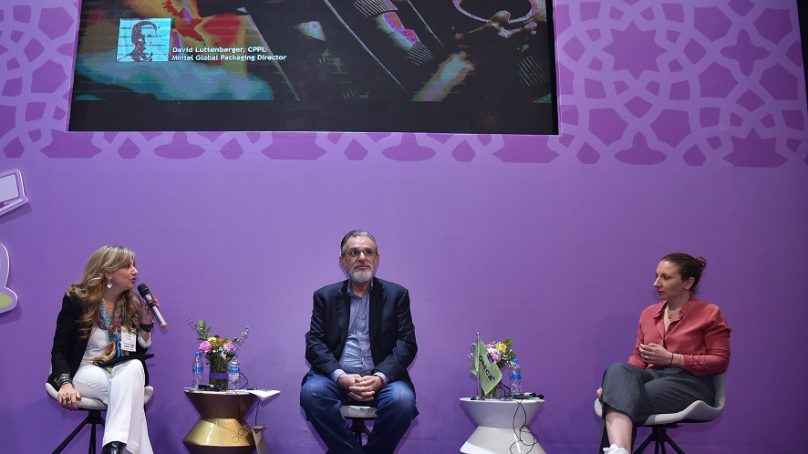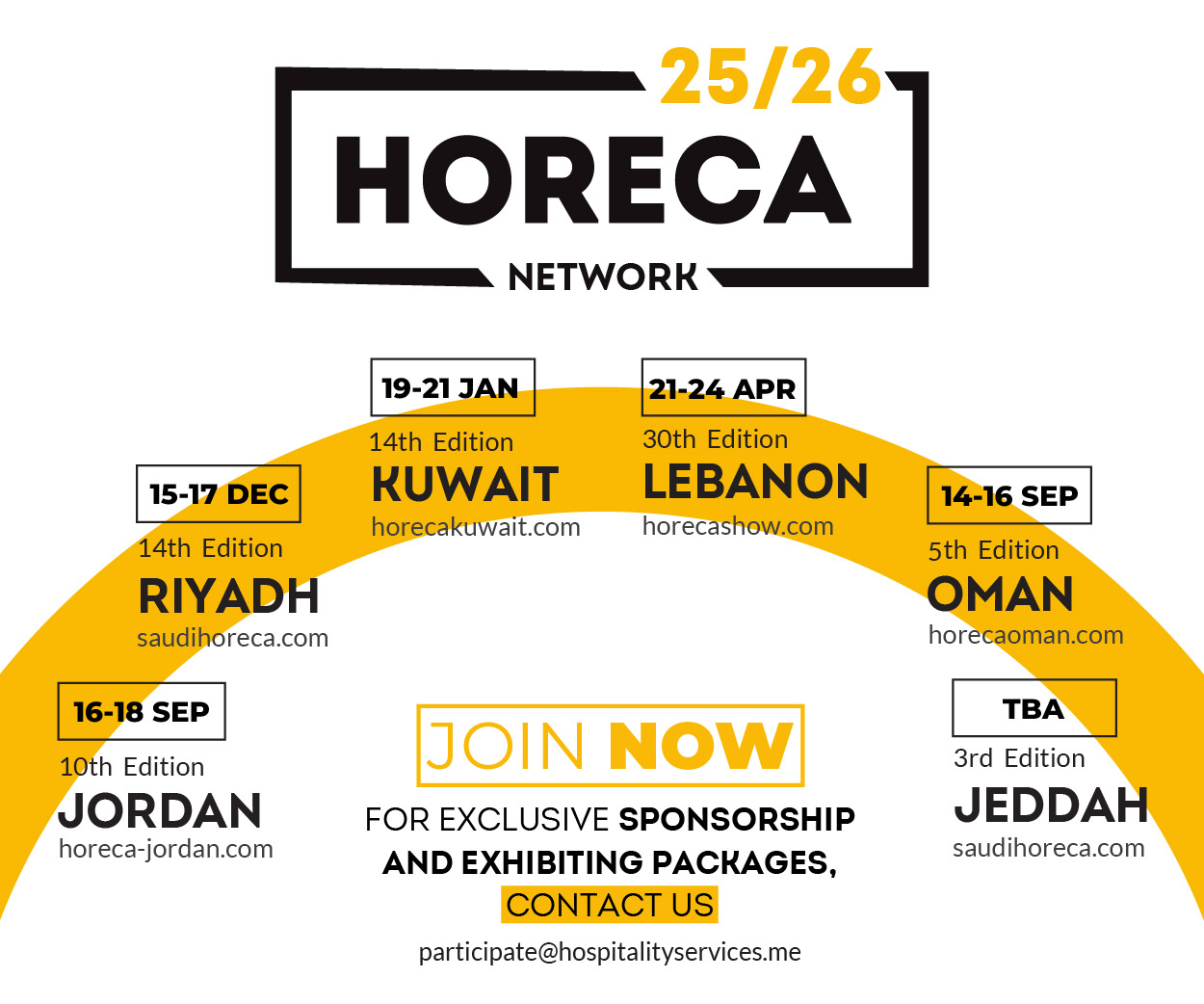

What is sustainable packaging?
Sustainable packaging is considered beneficial, safe and has an increased lifecycle. Such packaging also meets market criteria in terms of performance and cost, and respects clean production processes and best practices. Corrugated packaging, for example, is multifunctional and can keep products fresh for longer. Trucks can transport three times as many empty corrugated packages than multi-way packages, and up to 30 percent more packaged goods can fit onto a pallet.
The importance of sustainable packaging
In accordance with the United Nations 17 Sustainable Development Goals, packaged goods and packaging solutions are inextricably aligned with social and environmental issues that consider, embrace, measure and solve specific challenges.
Since 2017, the market for sustainable packaging in the Middle East has changed and become more focused on compostable packaging. According to David Luttenberger, global packaging director at Mintel, consumer awareness is fundamental. He believes that it is important to explain the meaning of terms such as “industrial compostable” and clear up the confusion regarding what is recyclable.
Nabil Gemayel, president of LibanPack, stated that 70 percent of all purchasing decisions are made at the point of sale, 81 percent of consumers have tried something new because the packaging caught their attention, 63 percent have purchased a product again because of the appearance of their packaging and 52 percent have changed brands because of new packaging.
Busting the myths
Although some believe that paper production is a major cause of greenhouse gas emissions and uses too much energy, the experts argue that the paper, pulp and print sector is one of the lowest industrial emitters of greenhouse gases, accounting for 0.8 percent of European emissions. The paper industry’s carbon emissions have reduced by 48 percent per ton of product from 1990 to 2019, and the European pulp and paper industry is also the biggest single user and producer of renewable energy in Europe, with 62 percent of its primary energy consumption coming from renewable sources.
Branding and packaging
Packaging is a brand messenger. Sustainability is the key to changing the perception of consumers. Today’s trends, including vegan brands, genderless designs, refillable strategies, cardboard and paper, unboxing experiences and e-commerce, are forcing new packaging concepts for brands around. Packaging tells a story and helps a brand deliver a message. Sometimes, this experience transforms something very simple and very basic into something more interesting.
More about the talk
As part of a series of HORECA Talks, the panel discussion brought together a selection of packaging and branding experts. The panelists included: David Luttenberger, global packaging director of Mintel, Christiane Saab, head of design at IMPACT BBDO and Nabil Gemayel, president of LibanPack. Soha Atallah, vice president of WPO and founder and director of Libanpack, moderated the talk.













